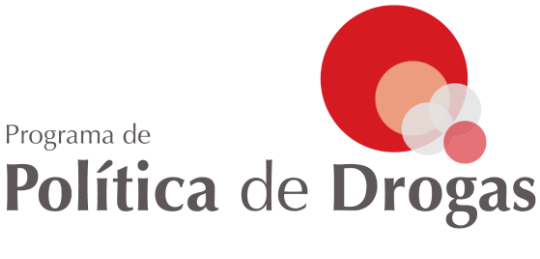The spatial–temporal relationship of policing in areas with high drug activity
ABSTRACT
In 2009, Mexico decriminalized the possession of small amounts of illicit drugs for personal use in order to refocus law enforcement resources on drug dealers and traffickers. This study examines the spatial distribution of law enforcement encounters reported by people who inject drugs (PWID) in Tijuana, Mexico to identify concentrated areas of policing activity after implementation of the new drug policy. Mapping the physical location of law enforcement encounters provided by PWID (n= 461) recruited through targeted sampling, we identified hotspots of extra-judicial encounters (e.g., physical/sexual abuse, syringe confiscation, and money extortion by law enforcement) and routine authorized encounters (e.g., being arrested or stopped but not arrested) using point density maps and the Getis-Ord Gi* statistic calculated at the neighborhood-level. Approximately half of the participants encountered law enforce- ment more than once in a calendar year and nearly one third of these encounters did not result in arrest but involved harassment or abuse by law enforcement. Statistically significant hotspots of law enforcement encounters were identified in a limited number of neighborhoods located in areas with known drug markets. At the local-level, law enforcement activities continue to target drug users despite a national drug policy that emphasizes drug treatment diversion rather than punitive enforcement. There is a need for law enforcement training and improved monitoring of policing tactics to better align policing with public health goals.
Descarga el archivo aquí
Enlace directo aquí
Más Vistos
- The “War on Drugs” in Mexico: (Official) Database of Events between December...
- Deadly force and denial: the military's legacy in Mexico's ‘war on drugs’
- La metanfetamina y el CJNG. Análisis de una reconfiguración del mercado de...
- Age-specific rates of onset of cannabis use in Mexico
- Fragmentation and cooperation: the evolution of organized crime in Mexico
Más Recientes
- The Connection Between Drug-Related Detentions and Drug-Related Violence:...
- “Resulta aberrante su actuar”: Mujeres acusadas de delincuencia organizada
- Where there is smoke, there is fire? Making sense of the past failure and future...
- Civil Society Organizations and Harm Reduction Policy: The Mexican Case
- How frequent and visible criminal violence affects housing prices: evidence from...

